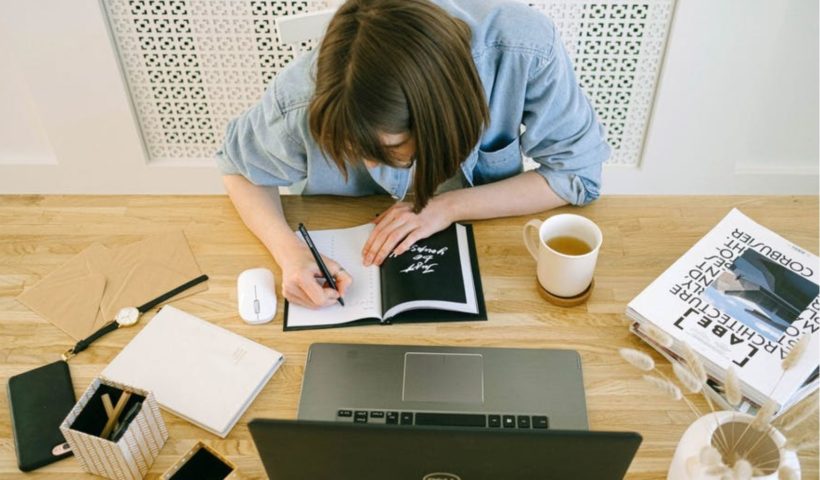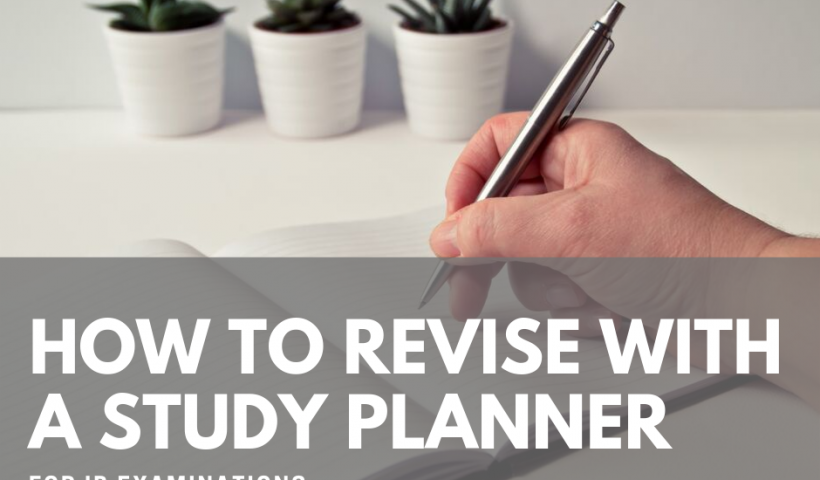University fairs are the one-stop shop for all university students. They are particularly important because they bring the university and its information to the student.…
View More Here Are Some Smart Questions To Ask At Your Next University FairCategory: Free Resources
Free resources that consists of study material, planners, printables, downloadable material, user guides, learning material, notes and worksheets.
Here’s how to analyze an IGCSE unseen poem like a pro
The IGCSE Unseen Poem in the IGCSE English Literature examination is a very important yet challenging question carrying a substantial amount of points. The question…
View More Here’s how to analyze an IGCSE unseen poem like a pro9 Room decor ideas to help your child get better at learning
Room decor for kids is a very important aspect of interior design and environmental psychology. Research says that a conducive learning environment is very important…
View More 9 Room decor ideas to help your child get better at learningHow to talk to your child about dealing with difficulties in IGCSE exams
Having a conversation with your child about dealing with difficulties in IGCSE exams can be a challenging step. It is one thing to know that…
View More How to talk to your child about dealing with difficulties in IGCSE examsWhat is Descriptive Writing? Learn how to write, Examples and Secret Tips
Descriptive Writing Format, Techniques, and Examples What is Descriptive Writing – Descriptive writing is a style or technique of writing used by the writer…
View More What is Descriptive Writing? Learn how to write, Examples and Secret TipsHow To Revise For IB Exams With IB Study Planner Guide
HOW TO REVISE FOR IB EXAMS WITH IB STUDY PLANNER GUIDE HOW TO REVISE FOR IB EXAMS WITH THIS IB STUDY PLANNER GUIDE? This article…
View More How To Revise For IB Exams With IB Study Planner Guide




